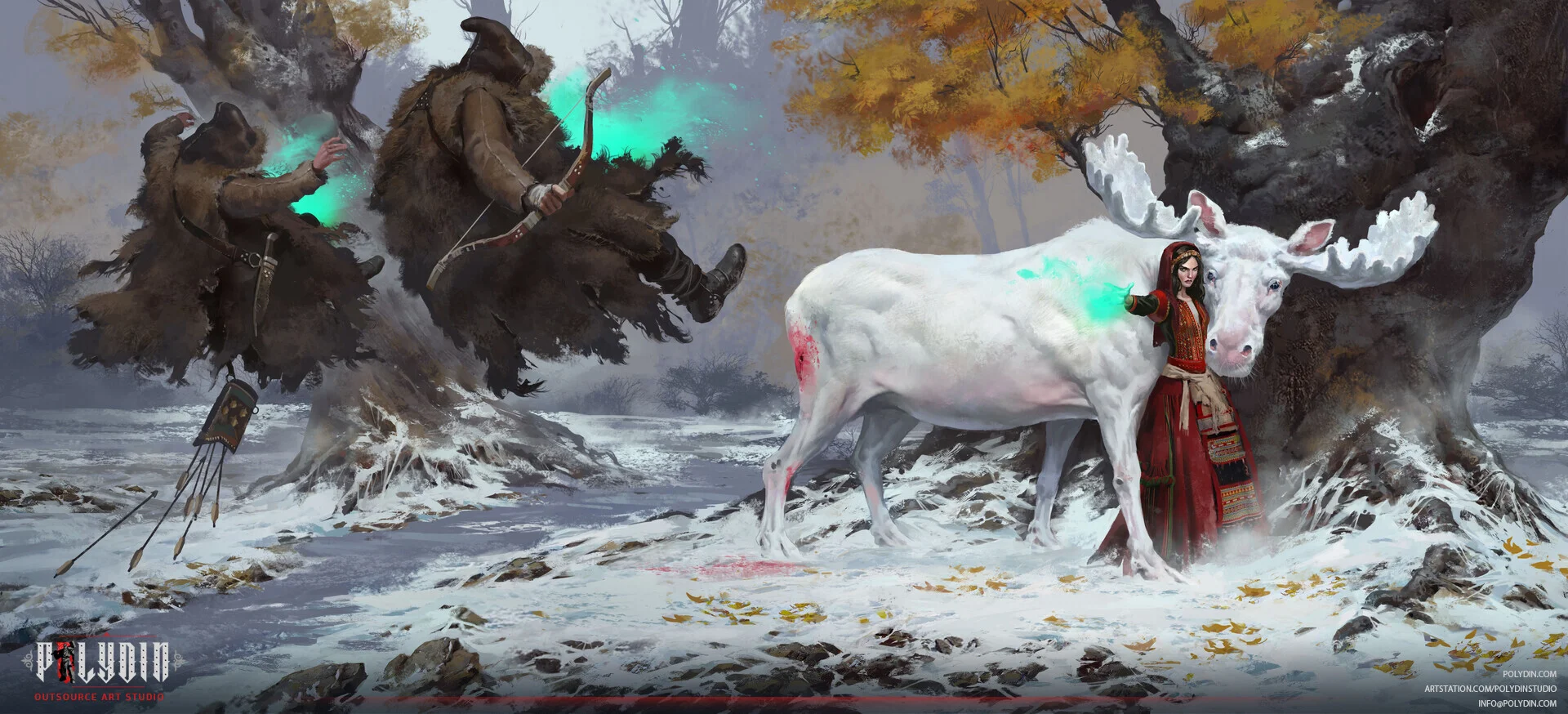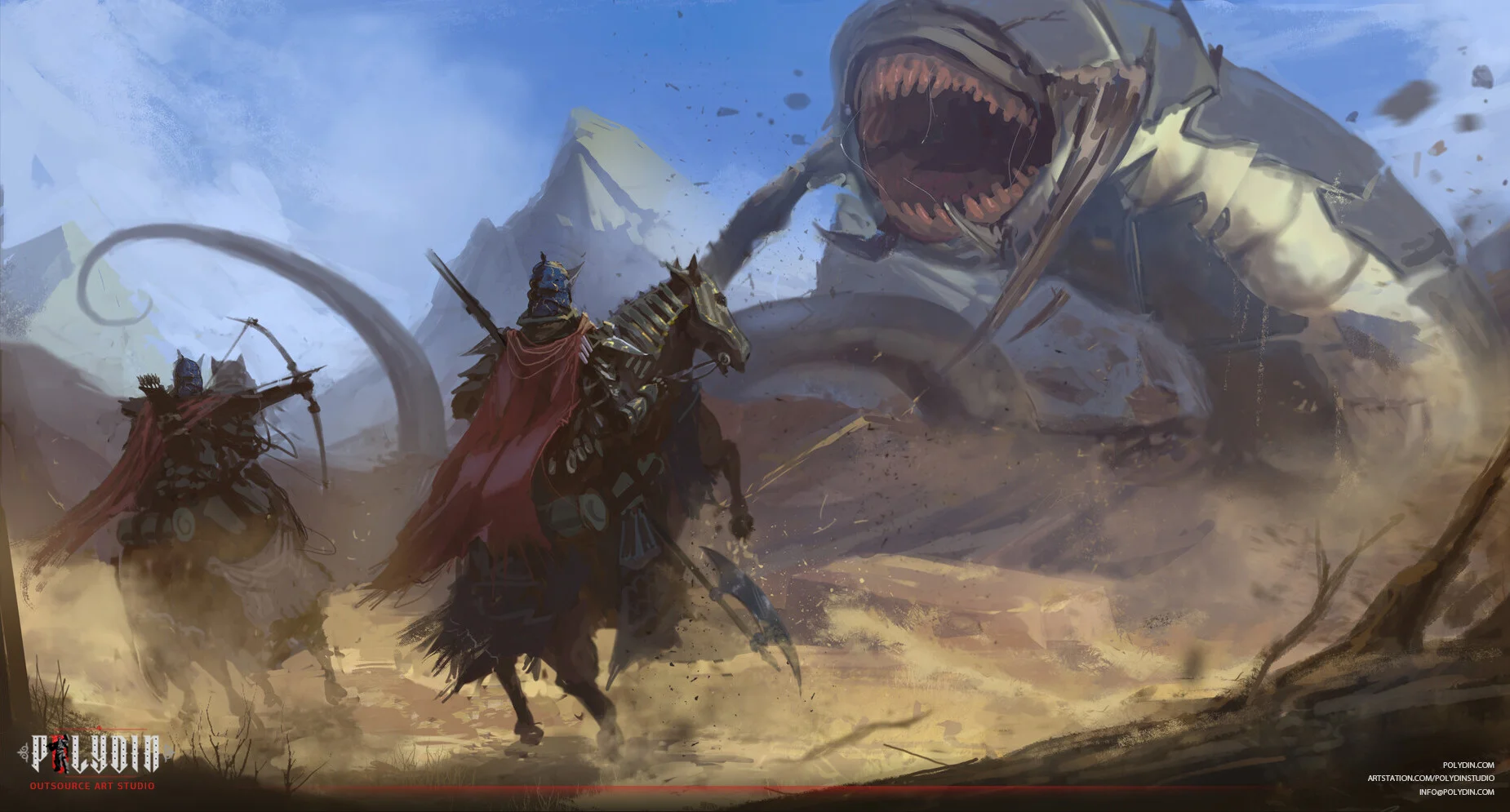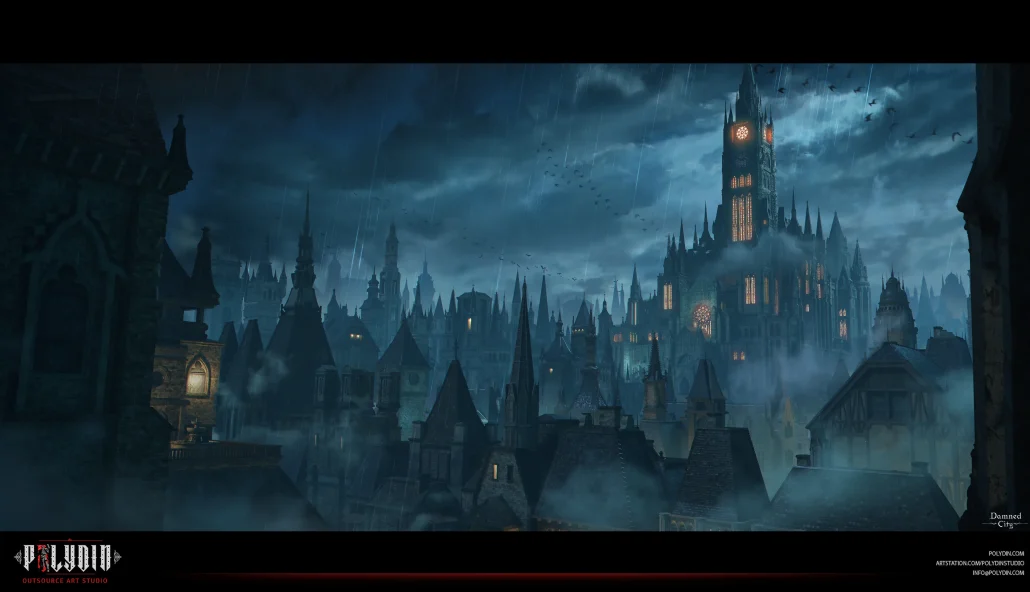Learning how to pitch a video game idea is a critical skill for aspiring game developers and industry professionals alike. Whether you’re presenting to potential investors, publishers, or colleagues, a compelling pitch can make all the difference in bringing your vision to life.
In this guide of Polydin Studio, we’ll explore what a pitch entails, key points to consider when crafting your pitch, valuable tips for success, common pitfalls to avoid, popular pitching formats, and real-world case studies of successful video game pitches. Whether you’re pitching your first indie project or aiming for a major studio deal, mastering the art of pitching is essential for turning your game ideas into reality.
What Is the Pitch?
The pitch is a concise and persuasive presentation of a video game idea or concept to potential investors, publishers, or stakeholders. It aims to communicate the essence of the game, its unique selling points, target audience, gameplay mechanics, and potential market appeal compellingly and succinctly. A well-crafted pitch not only conveys the vision and potential of the game but also captures the attention and interest of the audience, motivating them to invest in or support the project.
Points to Consider When Pitching a Video Game Idea
When pitching a video game idea, several key points need to be considered to ensure a compelling presentation:
- Clarity of Vision: Clearly articulate the core concept, theme, and objectives of the game. Describe the unique selling points that set it apart from existing titles.
- Target Audience: Identify the target demographic and market segment for the game. Understand their preferences, interests, and gaming habits to tailor the pitch accordingly.
- Gameplay Mechanics: Outline the gameplay mechanics, controls, progression systems, and interactive features that define the player experience. Highlight any innovative or engaging gameplay elements.
- Market Analysis: Conduct thorough market research to assess the demand, competition, and trends in the gaming industry. Demonstrate an understanding of market dynamics and potential opportunities for the game.
- Monetization Strategy: Present a clear monetization strategy, whether through upfront sales, in-app purchases, subscriptions, or other revenue streams. Explain how the game will generate profits and sustainably monetize its player base.
- Development Team: Showcase the talent and experience of the development team, including key members such as designers, programmers, artists, and writers. Highlight relevant expertise and past successes.
- Tech Requirements: Provide details on the technical requirements, platforms, and technologies needed to develop and launch the game. Address any scalability or compatibility considerations.
- Marketing and Promotion: Outline a marketing and promotional plan to raise awareness, attract players, and drive engagement. Discuss strategies for community building, social media presence, and press coverage.
- Budget and Timeline: Present a realistic budget and development timeline for the project. Break down the costs associated with development, marketing, and distribution, and propose a feasible production schedule.
- Risk Assessment: Acknowledge potential challenges, risks, and obstacles that may arise during development and launch. Demonstrate a proactive approach to mitigating risks and overcoming hurdles.
By addressing these points effectively, a video game pitch can convey the viability, potential, and value proposition of the proposed game idea to stakeholders and investors.


Tips for a Successful Pitch
To ensure a successful pitch for a video game idea, consider the following tips:
- Know Your Audience: Tailor your pitch to the specific interests and preferences of the individuals or organizations you are pitching to. Research their background, priorities, and decision-making criteria to make your pitch more relevant and compelling.
- Start with a Hook: Capture attention from the outset by presenting a captivating hook or elevator pitch that succinctly summarizes the essence of your game idea. Focus on what makes your game unique and why it stands out in the market.
- Visual Presentation: Utilize visuals such as concept art, game storyboards, gameplay footage, or prototypes to bring your game idea to life and enhance the presentation. Visual aids can help convey the look, feel, and potential of the game more effectively than words alone.
- Practice and Refinement: Practice your pitch repeatedly to refine your delivery, timing, and messaging. Anticipate potential questions or objections and prepare compelling responses to address them proactively during the pitch.
- Be Passionate and Confident: Demonstrate genuine enthusiasm and confidence in your game idea to inspire confidence and trust in your audience. Passion is contagious and can help engage and excite investors or stakeholders about your project.
- Focus on Benefits: Emphasize the benefits and value proposition of your game idea rather than getting bogged down in technical details or minutiae. Clearly articulate how your game will meet the needs of players, fill a gap in the market, or deliver unique experiences.
- Tell a Compelling Story: Use storytelling techniques to weave a narrative around your game idea, highlighting its characters, world, and overarching theme. A compelling story can resonate with your audience on an emotional level and make your pitch more memorable.
- Address Concerns: Anticipate and address potential concerns or objections that may arise during the pitch. Be transparent about any risks or challenges associated with the project and demonstrate your readiness to overcome them.
- Be Open to Feedback: Remain open-minded and receptive to feedback from your audience. Use their input to iterate and improve your game idea, demonstrating your willingness to collaborate and adapt based on constructive criticism.
- Follow Up: After the pitch, follow up with your audience to thank them for their time and reiterate key points or address any outstanding questions. Maintain regular communication to keep them updated on the progress of your game development journey.
Top Mistakes to Avoid When Pitching a Video Game
When pitching a video game idea, avoid these common mistakes to increase your chances of success:
- Lack of Preparation: Failing to thoroughly prepare for the pitch can undermine your credibility and confidence. Take the time to research your audience, refine your presentation, and anticipate potential questions or objections.
- Overwhelming with Details: Avoid overwhelming your audience with excessive technical details or jargon that may distract from the essence of your game idea. Focus on conveying the most relevant and compelling aspects clearly and concisely.
- Unclear Value Proposition: Ensure that your pitch clearly articulates the unique value proposition of your game idea and why it stands out in the market. Failure to communicate the benefits and potential of your game can leave investors or stakeholders unconvinced.
- Lack of Visuals: Neglecting to incorporate visual elements such as concept art, storyboards, or gameplay footage can make your pitch less engaging and persuasive. Visual aids help bring your game idea to life and allow your audience to better understand and envision the final product.
- Ignoring Market Trends: Failing to demonstrate an understanding of current market trends, player preferences, and industry dynamics can signal a lack of foresight and strategic planning. Incorporate market research and analysis into your pitch to showcase your awareness of relevant trends and opportunities.
- Overpromising and Underdelivering: Avoid making unrealistic promises or projections about your game’s features, scope, or potential success. Be honest and transparent about the challenges and limitations of your project, and focus on delivering realistic expectations.
- Neglecting to Showcase Gameplay: If applicable, failing to showcase actual gameplay footage or prototypes during the pitch can weaken your presentation. Gameplay demonstrations allow your audience to experience the mechanics, visuals, and overall feel of the game firsthand, enhancing their understanding and excitement.
- Lack of Passion and Confidence: A lackluster or uninspired delivery can dampen enthusiasm and undermine the impact of your pitch. Infuse your presentation with genuine passion, enthusiasm, and confidence to engage and captivate your audience.
- Ignoring Feedback: Disregarding or dismissing feedback from your audience can hinder your ability to refine and improve your game idea. Be open to constructive criticism and use it as an opportunity to iterate and enhance your pitch.
- Poor Timing and Follow-Up: Failing to respect your audience’s time or neglecting to follow up after the pitch can reflect poorly on your professionalism and commitment. Practice effective time management during the pitch, and follow up promptly with thank-you messages and any requested information or updates.
Major Pitching Formats
When pitching a video game idea, several formats can be utilized to effectively communicate your vision and secure support from stakeholders. These major pitching formats include:
- Elevator Pitch: This concise and compelling pitch is delivered in a short period, typically lasting no longer than the duration of an elevator ride. It focuses on capturing the essence of your game idea clearly and engagingly, emphasizing its unique value proposition and potential impact.
- Pitch Deck Presentation: A pitch deck is a visual presentation consisting of slides that provide an overview of your game idea, including its concept, gameplay mechanics, target audience, market analysis, and revenue potential. It serves as a comprehensive and structured framework for conveying key information to investors or decision-makers.
- Prototype Demonstration: Presenting a playable prototype or demo of your game allows stakeholders to experience firsthand its mechanics, visuals, and overall gameplay. This format can be particularly effective in showcasing the potential of your idea and generating excitement among investors or publishers.
- Written Proposal: A written proposal provides a detailed and comprehensive overview of your game idea, often including elements such as a synopsis, character descriptions, gameplay features, marketing strategy, and financial projections. This format allows for thorough documentation of your concept and can be useful for formal submissions or review processes.
- Virtual Reality (VR) Pitch: Utilizing VR technology, this immersive pitching format allows stakeholders to experience a simulated environment that showcases the world and gameplay of your game idea in a highly immersive and interactive manner. VR pitches can be impactful in conveying the immersive potential of your game and creating memorable experiences for investors or publishers.
- Interactive Presentation: An interactive presentation involves engaging stakeholders in a dynamic and participatory pitch experience, such as interactive storytelling, live gameplay demonstrations, or audience involvement through polls or Q&A sessions. This format fosters engagement and collaboration, allowing stakeholders to actively participate in shaping the direction of the project.
Each pitching format offers unique advantages and is tailored to different preferences and contexts. Choosing the most suitable format depends on factors such as the audience, the nature of the game idea, and the desired level of engagement and interactivity.


Case Studies of Successful Video Game Pitches
Examining case studies of successful video game pitches provides valuable insights into effective strategies and tactics employed by developers to secure support and funding for their projects. Here are a few notable examples:
- Minecraft: Markus Persson, the creator of Minecraft, initially pitched the game as a sandbox building experience with a focus on creativity and exploration. His pitch emphasized the game’s open-ended gameplay mechanics, procedurally generated worlds, and potential for player-driven content creation. Despite initial skepticism from traditional publishers, Persson’s grassroots marketing efforts, community engagement, and early access model proved successful, leading to Minecraft’s immense popularity and eventual acquisition by Microsoft.
- Undertale: Toby Fox, the developer of Undertale, pitched the game as a unique RPG experience centered around player choice and consequences. His pitch highlighted the game’s innovative combat system, branching narrative paths, and memorable characters. Fox’s grassroots marketing campaign, including demos and promotional materials that showcased Undertale’s distinct art style and quirky humor, resonated with players and garnered widespread attention, ultimately leading to critical acclaim and commercial success.
- Rocket League: Psyonix, the developer of Rocket League, pitched the game as a high-octane blend of soccer and vehicular mayhem, emphasizing its accessible gameplay, competitive multiplayer modes, and potential for esports integration. The pitch highlighted Rocket League’s intuitive controls, physics-based mechanics, and cross-platform multiplayer functionality. Psyonix’s strategic partnerships, community engagement initiatives, and promotional efforts, including beta testing and gameplay showcases at gaming events, contributed to Rocket League’s rapid rise to prominence as a multiplayer phenomenon.
- Among Us: Innersloth, the developer of Among Us, initially pitched the game as a social deduction experience set in a space-themed environment. The pitch emphasized the game’s simple yet addictive gameplay mechanics, emphasis on player interaction and deception, and potential for creating memorable multiplayer moments. Despite facing challenges in the crowded mobile gaming market, Among Us gained traction through word-of-mouth marketing, influencer endorsements, and organic growth on social media platforms, leading to a surge in popularity and widespread acclaim.
These case studies highlight the importance of identifying unique selling points, effectively communicating the core vision of the game, and engaging with the community to build momentum and generate interest. By leveraging innovative ideas, strategic marketing, and player feedback, developers can increase the likelihood of success when pitching their video game projects.
Final Words
In conclusion, learning how to pitch a video game idea is a multifaceted process that requires careful consideration of various factors, from articulating the concept effectively to engaging with stakeholders and building a compelling case for support. By understanding the nuances of the pitching process, developers can navigate potential pitfalls, capitalize on strengths, and increase the chances of securing funding and partnerships for their projects. Through strategic planning, effective communication, and a clear demonstration of the game’s potential, developers can turn their creative visions into successful and impactful video game experiences.


